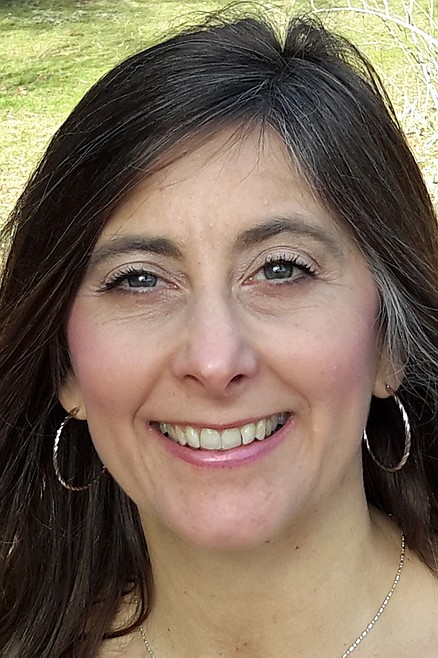Two efforts to transform our Republic into a government that our Founding Fathers wouldn’t recognize
Have you ever contacted a government official to address a concern and got the run around? You call elected official A, who directs you to bureaucrat B, who claims it is elected C’s responsibility. Frustrated, you call elected official X who rambles on about planning, policies, regional areas, grant requirements, then directs you to federal employee Y. Many folks become frustrated with this non-accountability game, disengage and grumble about the mess we are in. What you may be witnessing or experiencing is regional government at work. With so much collaboration going on, even the governing may not understand who has what responsibility. Regional government is purposely set up to benefit the governing officials, bureaucrats, and special interest groups who collaborate and claim that regional planning will make things more efficient. The question we may need to ask is “more efficient for whom?” Idaho citizens should be aware of how our republican form of government is being transformed into a system of federalism that is more like the tyranny our founding fathers were trying to escape from.
Regional government is government of, by, and for the governing. It is governance based on the regional aspects of a specific social or economic issue (e.g. land, water, forest, agriculture, climate, taxation, law enforcement, health, etc.) rather than fixed political boundaries for a county or state. It requires ‘cooperation’ and a ‘wider outlook’ on the part of public personnel (the governing) at all levels of government. It eliminates fixed political boundaries, eliminates the separation of powers within those boundaries, and makes it impossible to remove representation by elections. Regional government trains local and state elected, appointed and public employees to function as ‘administrators’ of national planning and development policies, ultimately resulting in a single jurisdictional national government, with variable political boundaries – called regional government. There are over 62,000 un-elected regional bodies and 35,000 elected regional bodies nationwide.
Regional government is sold to citizens as the best “solution” to fix social and economic issues at the local level of government while it was negotiated or decided by a larger collaborative outside the local level of control. Regional government is sold to your state and local elected, appointed, and employees as the “solution” to deal with growing population challenges related to such issues as housing, land use, land ownership, “sustainability”, educational fairness, and other social problems.
Once in place, the regional entity allows local, state, and federal public personnel to closely cooperate, collaborate, coordinate, share resources, and administrate these challenges together. While this makes sense to the governing and has economic advantages, the boundaries and controls become unclear to the governed which is not good for checks and balances on the government.
Social issues (such as race, poverty, wages, etc.) and economic issues (land, water, forest, etc.) are used as ‘single issue’ tools to create regional authorities which are made up of local, state, and federal elected officials, bureaucrats, and others. Local governments administrate national planning policies based on the social and economic issues, through a regional authority.
The financing and national planning policies for the regional authority are developed and provided by the federal government. The framework for the regional authority is created by the state governments through a state constitution or statutes. The regional government, making decisions for local citizens, may include elected officials, nonprofit organizations, bureaucrats from various agencies, or business partners.
With the regional authority in place, the public personnel begin cooperating, planning, and coordinating. Most citizens are unaware of the existence of regional government and do not understand how it is making decisions that directly affect them. Learning where regional governments are operating in our state and determining who they are accountable to is a critical step to shedding light on this issue.
Public-private partnerships are commonly referred to as P3s. P3s are coordinating/collaborating relationships between a private entity and a government. These are becoming more popular in Idaho. There are many questions to be asked about these arrangements when it comes to transparency, public participation in decision making, spending public funds and citizen representation.
These are a few of the many things I am on the constant lookout for in the legislature to protect our Republic. I continue to believe that all power is in the people and if we exercise that power, we can regain control of our state government. Please consider signing up for my digital legislative newsletters online by sending me an email to HScott@House.Idaho.gov asking to be put on my list.
Rep. Heather Scott represents Bonner and Boundary counties in the Idaho Legislature in District 1A. She can be reached at hscott@house.idaho.gov.

